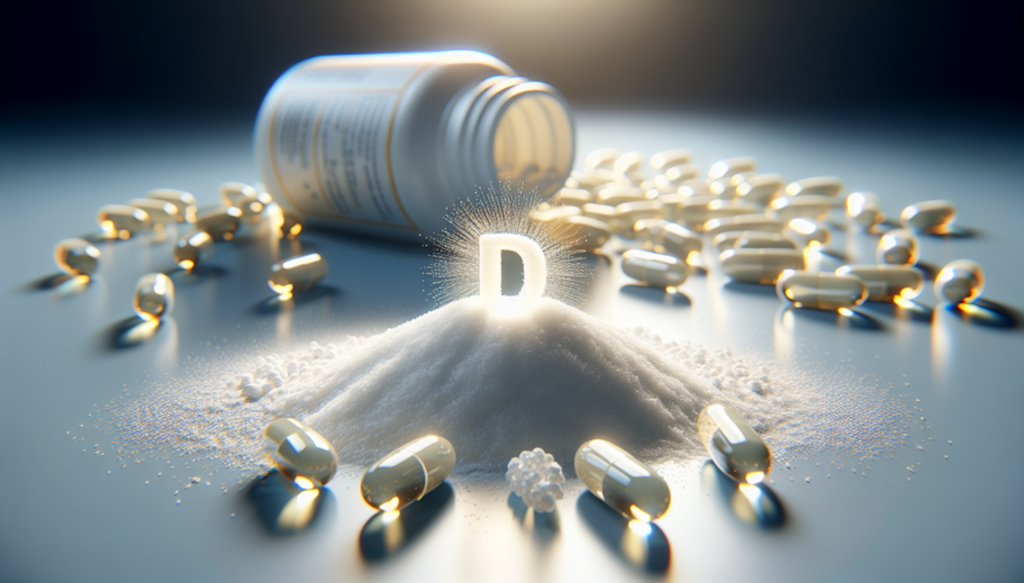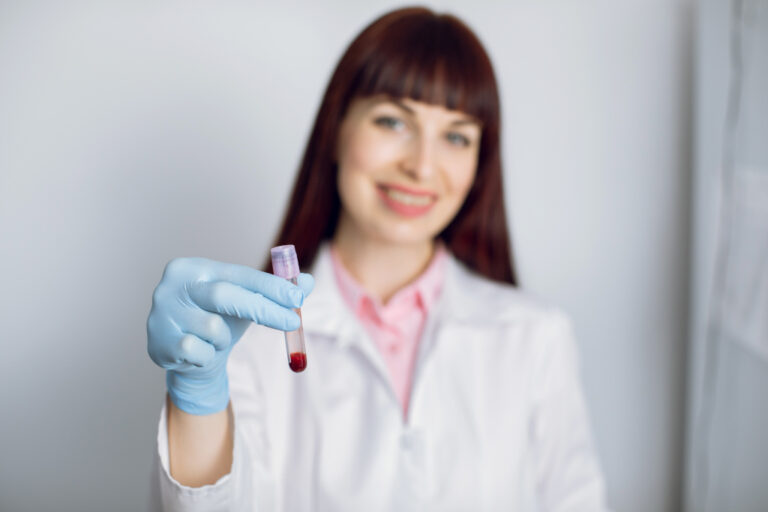Ever bought a bottle of “pure vitamin D” at the pharmacy and wondered what’s really inside?
If you’ve imagined some kind of magical glowing drop or pristine white capsule packed with sunpower… well, reality is a little less glamorous—and way more fascinating.
Wait, so what does pure vitamin D look like?
In its rare, isolated form, pure vitamin D3 (cholecalciferol) is actually a white to off-white crystalline powder—think finely ground sugar with no smell and no real taste.
Sounds simple enough, right?
But here’s where it gets interesting: this tiny, harmless-looking powder is massively potent. Just a pinch too much can throw your body off balance. That’s why you’ll rarely find raw vitamin D powder lining store shelves or available to the average consumer.
The myth of “pure” on supplement labels
Here’s the twist: when supplement bottles say “pure vitamin D,” what they really mean is vitamin D suspended in oil or encapsulated in softgels. It’s not the raw, crystalline powder, but a diluted version safely measured for daily use.
The real deal—the raw powder—is typically stashed away in labs or pharmaceutical manufacturing plants, where machines can precisely measure thousandths of a gram. Scientists gave one group of older adults vitamin D and calcium every day for a year, while another group only got calcium, to see how it affected their vitamin D levels and bone health. They found that the vitamin D group’s levels went up safely without side effects. It’s that powerful.
The problem with too much vitamin D
In 2018, a Canadian health organization investigated several cases of vitamin D toxicity caused by improper formulation in a supplement line. Turns out, someone added 20x the intended dose of cholecalciferol powder—because a decimal point was off.
The result? Nausea, kidney issues, and even hospitalizations. The fact that such a small error had such a big impact highlights just how dangerous pure D can be without professional calibration.
So why even use the crystalline form at all?
The same reason labs cook everything from scratch: control and purity.
- Pharmaceutical manufacturers use the powder to make exact dosages for medical prescriptions.
- Nutritional scientists use it in controlled studies to measure health effects at precise levels.
- Food fortification processes (like in milk or cereal) require fully pure vitamin D added in strictly metered doses.
It’s the base—like flour in baking. You don’t eat it by the spoonful, but manufacturers can’t make accurate recipes without it.
The surprising story behind this magical powder
Back in the early 20th century, rickets (a bone-deforming disease) was incredibly common in children. Scientists eventually traced it back to a lack of sunlight and vitamin D. In 1922, vitamin D2 was the first form discovered, but D3 (the potent form we use now) was isolated from animal-derived cholesterol in the 1930s.
Since then, researchers have been investigating its effects on various aspects, including immune health and mood regulation. Fun fact: Researchers found that soldiers with low vitamin D were more likely to be diagnosed with depression, especially those living in northern places with less sunlight. This suggests that checking vitamin D levels could help spot who might be at higher risk for depression.
What you should take away from all this
“Pure vitamin D” in supplement form isn’t really pure in the technical sense. And honestly, that’s a good thing. The real stuff is over 1,000 times more potent than your average daily dose, and even small measurement errors can cause dangerous side effects.
Next time you see a vitamin D capsule, remember: a lot of careful science went into making sure it’s strong enough to help—but not too strong to hurt.
Still curious?
Check the label next time. If it says “cholecalciferol” followed by something like “in olive oil” or “with medium-chain triglycerides,” now you know: you’re not getting the raw crystal. You’re getting the safe, ready-to-use, science-backed version your body can absorb.
Cool, right?




Leave a Comment